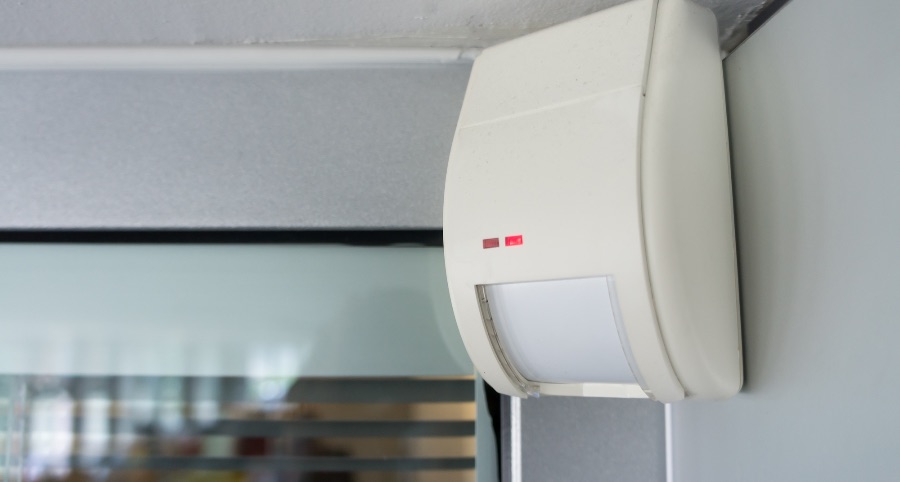How Do Motion Detectors Work In Akron?

You’re likely to have a reasonable grasp of what motion detectors do solely based on their title. Of course, they sense motion, but how exactly do they work? Take a moment to explore the technology that powers them and the various types of devices you might encounter. You’ll gain a better appreciation of how they work and how you may integrate them into your modern smart home.
What is the technology behind motion detectors?
Detecting motion can be performed in a number of distinct ways, but motion detectors are ordinarily placed into either of these two categories - active or passive.
● Active motion detectors: These devices are considered active, as they continually send out signals like microwaves and then assess the time of response. Activity is indicated when the return time changes. While microwave sensors are most prevalent, you’ll also find active motion detectors that utilize infrared light or sound waves.
● Passive infrared (PIR) motion detectors: Usually encountered within home security applications, PIR motion detectors operate by identifying variations in the surrounding temperature. Essentially, the component notes what the normal temperature is expected to be within a specified area. If there are sudden surges of heat, like a burglar sneaking along the space, the detector observes it and initiates your alarm system. Since they don’t actively transmit signals, passive detectors generally use less power and are more cost-effective to run.
Along with passive and active, you may encounter hybrid motion detectors that utilize multiple technologies. These can help minimize false alarms, as every sensor has to be tripped before the alarm system is prompted. Additional possibilities include vibration motion detectors and tomographic sensors that are typically used in bigger commercial or industrial spaces.
Ways to implement Akron motion detectors
The chief objective of motion detectors is to detect motion within a specified area, generally up to 50 feet away. You’ll commonly find them incorporated into outdoor floodlights or as standalone devices inside your property. When motion is sensed, they’ll trigger your alarm system and notify your dedicated monitoring staff.
But modern motion detectors are more adaptable than they’ve been in the past. As a matter of fact, they are able to communicate directly with other smart devices. For instance, if motion is detected, they may trigger your lighting to switch on or your surveillance camera to commence recording. They might even alert your smart thermostat to alter the temperature.
Get instant notifications and customize settings for pets
Another significant advantage of contemporary motion detectors is that you’ll have instant alerts transmitted to your cell phone each time the device is triggered. If you own house pets, you are even able to help preempt false alarms by adjusting settings to take into account the size of your furry companions.
Design Your Vivint Smart Home With Motion Detectors in Akron
Now that you have a better understanding of how motion detectors work in Akron, it’s a great time to incorporate them into your contemporary smart home. Vivint’s motion detectors oversee big areas, provide wide-angle functionality, and last for years without necessitating a battery replacement. They’ll also synchronize perfectly with your other home automation devices. Are you excited to get started? Contact (330) 632-1171 to consult with a helpful Vivint specialist today.
